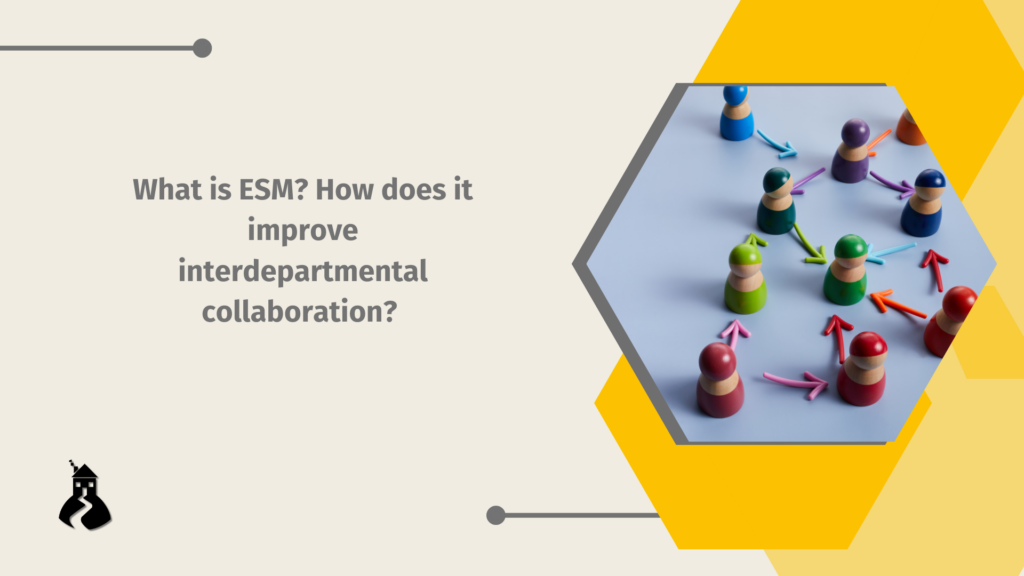
Remote working has led to the digital transformation of many businesses. Support teams have had to adapt to new communication methods to resolve service requests and support issues.
IT managers looking to streamline operations and foster better collaboration among departments should consider the following:
- Are resources bogged down by manual tasks?
- Do service agents find themselves inundated with repetitive requests?
- Is time consumed by responding to interdepartmental requests?
- Are service requests getting lost in the shuffle?
- Do you want to enhance service delivery without increasing workload?
Traditionally, organisations have emphasised cooperation over collaboration in service management. Often, this approach results in departments struggling to coordinate, leaving employees unsure of where to seek help and requests lost amidst email or chat exchanges.
Shifting from cooperation to collaboration is key. Research in business and management underscores the value of both formal and informal mechanisms to support inter-organisational collaboration, which has been shown to enhance achievement and productivity.
Enterprise Service Management (ESM) serves as a centralised platform for orchestrating all service requests and notifications across various departments, including IT, Facilities, HR, and beyond.
So, what exactly is ESM?
ESM encompasses collaboration tools and workflows designed to foster collective intelligence and staff collaboration at the organisational level. These tools help with information sharing, provide shared portals, offer expert recommendations, and enable real-time collaboration.
The primary goal of ESM is to elevate the customer experience by providing easily accessible services that efficiently deliver desired outcomes. Continual feedback and reporting ensure the service is still adaptable to changes in the environment.
The effectiveness of ESM-driven collaboration hinges on three critical factors:
Communication
A robust ESM solution ensures issues and requests are processed efficiently without slipping through the cracks. It sets up organisational standards, service models, and common ways of working, ending confusion about where to find help. Communication is centralised, helping collaboration between teams and departments while ensuring accountability through audit trails.
Content Management
By promoting self-help options through centralised portals and bots, ESM reduces dependency on traditional support channels like phone calls and emails. This frees up teams to focus on value-added tasks, driving continual improvement in service delivery.
Workflow
ESM’s flexible process and workflow designer enables the seamless release, retirement, and management of services based on customer requirements. By combining expertise in one system ESM prevents siloed knowledge and minimises manual effort through optimised processes, workflow automation, and alerting mechanisms.
Who benefits most from this collaborative approach?
Customers and end-users enjoy a one-stop-shop experience with easy access to requests, updates, solutions, issue reporting, and feedback submission.
Executives & decision-makers: gain enhanced transparency and insight into service performance, enabling informed decision-making and effective communication with stakeholders.
Service Support Agents – collaborate efficiently within a centralised solution, delivering consistent and reliable service with recorded communication for prompt issue resolution. Self-service and automation tools alleviate mundane tasks, allowing teams to focus on enhancing service quality and addressing complex issues.





